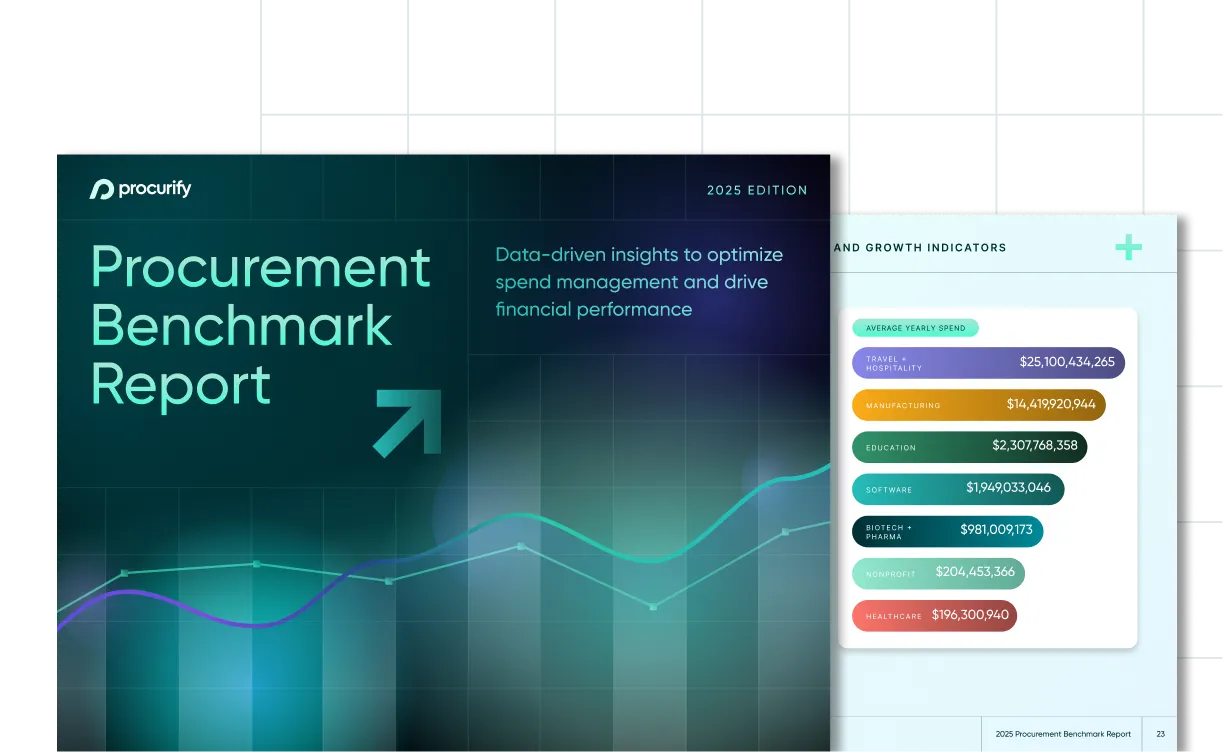Bridging the Business Gap Between Finance and Procurement – Karthik Rama
In this episode of Spend Culture Stories, Procurement Doctor Karthik Rama, one of the top global thought leaders and influencers in procurement chats with about bridging the gap between finance and procurement. He shows us how procurement can find alignment with finance and work together in a business.
Karthik shares strategies on how to structure different levels of your organization with a drive towards technology and innovation as well as the roadblocks of transforming business processes to digital procurement. Lastly, he discusses how to determine the right procurement tool to create efficiency and collaboration within an organization.

Speakers: Karthik Rama, Procurement Doctor
Karthik is all about Procurement Transformations, with over 16+ years of experience in helping organizations from varied industries, from all over the world. He is inquisitive to understand the subtle differences in industries and regions and has a complete grasp of the Source to Pay cycle. Karthik has worn multiple hats over the years, right from being the Procurement guy to the IT guy deploying the Procurement System – this gives him an edge when speaking the language of technology to the IT teams and Procurement to the Procurement teams.
Listen to the Episode Here:
Listen to Spend Culture: Stories of CFOs and Company Culture
Time Wasters on Procurement Process:
1. Supplier onboarding and management process
2. Contract process
3. PO to invoicing paperwork
Roadblocks in Digital Procurement Transformation:
1. Inefficient business process
2. Bad data
3. Change management and user adoption
The right procurement tool:
1. Creates monetary benefit
2. Promotes happy users
3. Stronger governance
4. Lesser audit pains
Notable Quotes:
So, what are some of the biggest tasks where procurement usually waste time and efficiency?
Supplier Onboarding and Management Process
Well, I’ll cover a few. There are a lot of them that I could honestly speak about, I could speak about it for the next two days. So, I start off with the supplier onboarding and managing the supplier’s process. It’s almost as if procurement is given the stepchild-like treatment within an organization, I think supplier management has given a stepchild-like treatment within procurement. So, it’s given the least importance. It’s just a matter of ensuring that you have the right suppliers when you’re onboarding them and having the right documentation, the right qualification criteria for the suppliers. And this is where I see a lot of organizations waste time, instead of just having a standard, simple process for your day to day usage supplies, your credit major supplies, and your credible supplies, as long as you segregate them that way, I think you have a better process to manage.
Contract Management Process
So, the contract piece is another main pain area for a lot of the organization. They don’t have a proper process to manage the contracts from draft to negotiation, to getting its signature and store. And the storage piece is the simplest piece but all the basic functions of a contract, managing a contract, even that they have a lot of problems with and a lot of time is wasted in searching for a contract or finding an old contract, or a contract expired but they don’t know where the contract is. So, these are the areas that I see on the contracts.
P2P, Purchase Order Processing to Invoicing
The basic approval to PO to invoice processing process itself is so cumbersome, it’s something that should be easy, quick to process, to be honest. And a lot of organizations are still having such a cumbersome process, which is very difficult to manage as an organization. There is a lot of paper involved. A lot of approvals going from desk to desk. So, that needs to be cut down for the organization to spend their time better, one option is to look at a procurement software solution to streamline it digitally. Find out more about the purchase order process.
What are some of the biggest challenges and roadblocks when it does come to procurement digital transformation?
Inefficient and Cumbersome Business Processes
The biggest challenges with the procurement digital transformation are having a bad business process, having bad data and people not being ready to change. These are the key areas that I’ve experienced over and over again. I’m sure there are a lot more but these are the top three from my side. I ask the organization a few questions before they start on their digital transformation journey. Firstly, you need to ask yourself about the business process. For instance, have you adopted the right business processes to start? You can’t take garbage and put the same garbage into the new solution. You have to look at your processes. Additionally, question which one is your biggest process? Is it the sourcing? The contracts? Or procurement process?
You should at least invest in a study or some kind of a diagnostic study. Maybe give it to a college graduate who’s doing his masters in procurement, or if you have some money, invest in some consultant externally and understand how your current processes and how close is it to the best in class or at least where you want to get the ROI you want to get out of the process or the technology that you are deploying.
Having Bad Data That is Not Actionable
Secondly, the bad data side. You need to ask two questions. One is what is the quality of your current data and how are you managing it? Most organizations are blinded at their data. They think it’s best in class. They’ve never looked at it honestly for many, many years. And if there’s any data scrapping that needs to be done, it has to be done right before the taking of this journey.
Change Management and User Adoption
Lastly, we’ll look at change management and user adoption. So, I’ve seen a lot of cases where you’ve not involved the right people. You have not identified the change enablers or the change defaulters. I would say you need to keep your enemies closer to you, the ones who are defaulters that you’ve seen from other experiences or the initial meetings, and ensure that they are happy because the positive effect has lesser outreach. The negative effect has a larger outreach. It spreads much faster, like wildfire. With this in mind, you need to actually have the right folks that you talk to and have them on board as well as you need to understand the user’s challenges on the current process and how the new process would help them. What’s in it for them?
Closing notes
This interview is taken from an episode of the Spend Culture Stories podcast.
If you’re interested in hearing more stories from procurement business partners like Karthik, you may enjoy these Spend Culture episodes:
Nakita Gates of Executive Search Recruit on how to hire your first procurement executive
Anthony Clervi of Una on how CEOs can empower procurement and sourcing heroes
John Evans of Procureability on how high growth startups can best create their first procurement strategy
For more tips on streamlining procurement processes and spend management:
E-Procurement Strategy: 6 Steps to Implement a Plan That Works
3 Ways to Embrace Today’s Procurement Best Practices
6 Ways Procurement Can Get Ahead of a Recession
4 Procurement KPIs You Should Know Immediately
Subscribe and help us grow:
Did you enjoy the podcast? Subscribe to the Spend Culture podcast on Spotify, Apple Podcasts, or wherever you listen to podcasts. If you have an extra 10 seconds, please leave us a rating or review to help us grow. Have recommendations for future podcasts? Contact our host at dani.hao [at] procurify.com.

2025 Procurement Benchmark Report
Powered by $20B+ in proprietary data you won’t find anywhere else.
